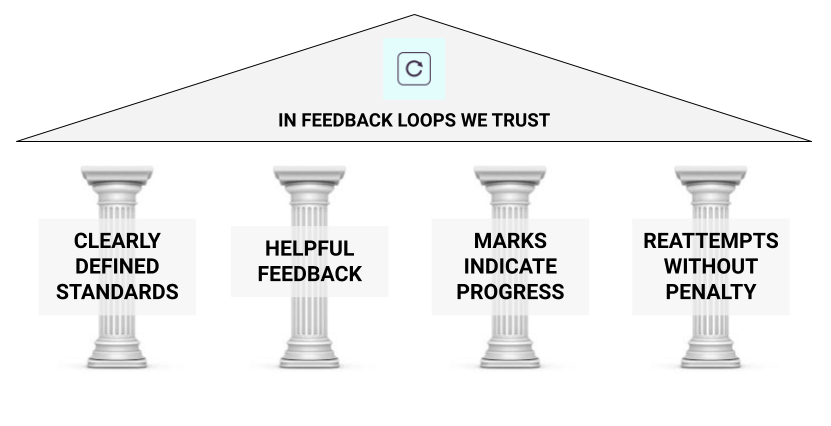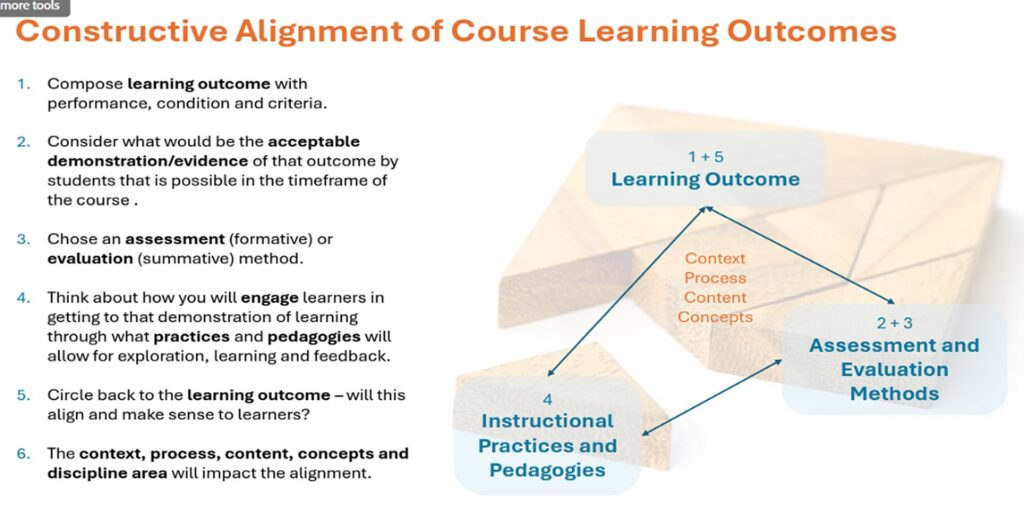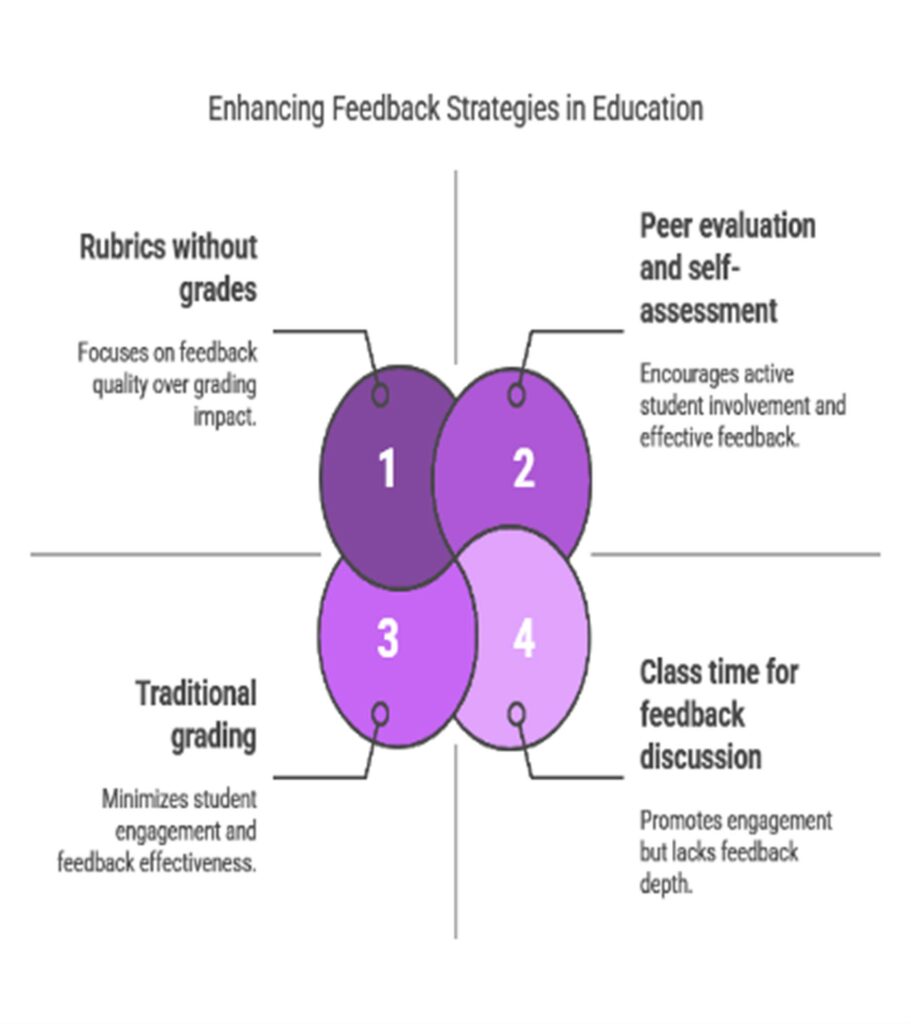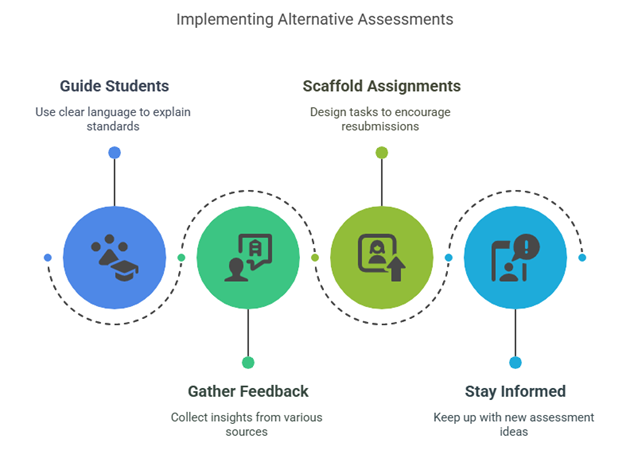Course Redesign Guidelines for Alternative Assessment
Getting Started: Considerations and Best Practice
When changing an assessment or enhancing an existing one, there are steps to be considered. The resources available on Teach Anywhere consistently emphasize to start small. Perhaps you begin with adjusting a rubric or you replace an assessment that you inherited when you took over the course and that you feel does not accurately evaluate student learning.
List of Helpful Resources
These pages about alternative assessment have been developed with the 4 pillars of alternative assessment in mind.

Tips to Begin
The 4 pillars are indicated in relevant areas throughout.




